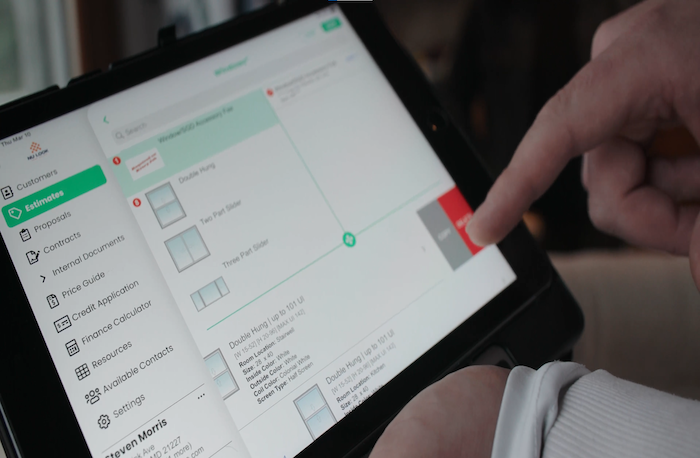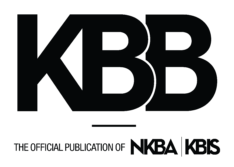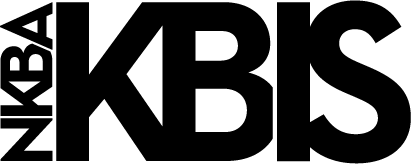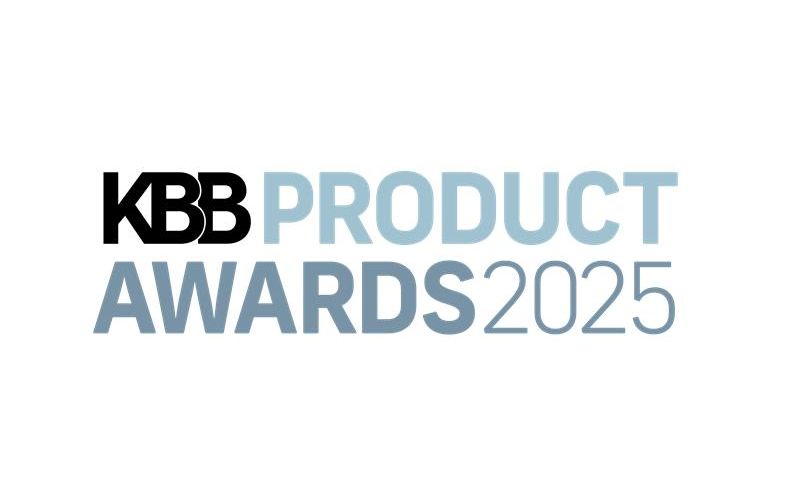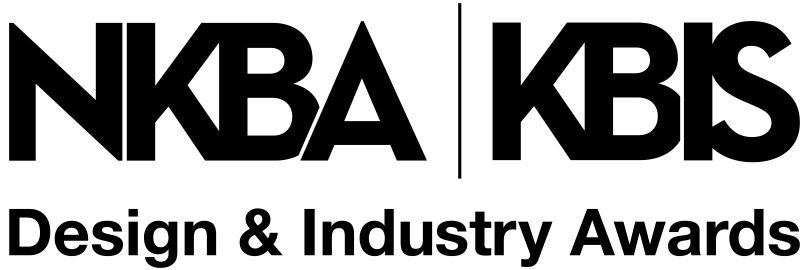When it comes to starting any kitchen or bath project, having a healthy foundation is critical. Any foundational issues in a home can compromise the integrity of the renovations and should affect the assessment of your scope and projected cost for the homeowner. This is typically the first part of the construction assessment process, and arguably the most important. But in our current hot period for home renovation, it’s just as important to have a strong digital foundation that can support your business.
Homeowners’ expectations have become increasingly digital – in both the features they’re requesting in renovations like smart appliances and in their preferred ways of communicating. And as the pandemic showed, businesses that had established digital infrastructures had a clear advantage in attracting leads and pushing them down the purchase funnel.
A carefully considered digital foundation can help you transform your current business, delivering a customer experience to help you connect data, people, and processes; reduce project errors; and seamlessly flow data from one means to the next. But for kitchen or bath remodelers who have been in business for decades, transforming a company’s processes to digital can seem daunting.
There’s no one-size-fits-all path to making this transition. But there are some steps you can take to make the transition easier for your business. Here’s a look at how a deep dive into your company’s pivot to digital can lead to tangible business benefits.
Why is a Digital Foundation Essential for a Modern Contractor?
At its core, incorporating digital practices is about relieving pain points for you, your team and the customer. And for the modern homeowner, their perception of your digital proficiency could be the difference between you and the competition.
If you show up to a home with a paper pitchbook and hard copies of pricing sheets, you’re going to look archaic to a modern homeowner who is watching you walk up the steps on their digital doorbell. Regardless of the value of your services, the way you conduct business makes a statement to the homeowner about your digital acumen.
But a digital foundation provides benefits to you and your business, as well. Digital contracting and estimating platforms allow your company to go paperless and eliminate time-sucking manual processes from your everyday routine. Particularly in the kitchen and bath industries, where there are many customizable products available for homeowners to choose from, manufacturer prices can change in an instant.
Additionally, having access to customer relationship management (CRM) software makes it easier to access bids, estimates and contracts, as well as manage leads throughout their project’s journey. Having a centralized digital platform where pricing and leads can be updated takes stress off your sales teams as they work through a project’s lifecycle.
Laying the Groundwork for Your Digital Upgrades
When I talk with home remodelers – especially those who have been in the business for a while – I’ll often hear them claim that they already use digital tools. But as we keep talking, it becomes clear that the “digital tools” they’ve incorporated into their business are along the lines of Word documents for contracts or a standard Excel spreadsheet for pricing.
Those tools may have been sufficient twenty years ago, but the latest business technology is much more intuitive and scalable to meet the unique needs of the home remodeling industry. Customers expect error-free estimates and transparent pricing – neither of which Excel or Word can guarantee. But we also know that moving to a modern digital system can’t happen overnight.
When it comes to incorporating new tech into your business, the first step is to map out your current sales process and assess where it will make a positive change. The easiest way to do that is to identify where errors or inefficiencies are being made by you or your sales team. Everyday tasks can be improved or simplified through technology, as well, such as making the search for bids or contact information more easily.
Once your major pain points have been identified, you’re ready to shop around for a platform that can help alleviate these issues. While no single tech platform will solve all your issues, the right software solution should be able to address multiple pain points without needing to sign up for multiple digital service providers. If you aren’t particularly tech-savvy or are unsure where tech could be slotted into your process, having a conversation with industry partners can help you get another perspective on what processes could be tweaked and improved.
Getting Team Buy-In is Essential
If you’re considering a new digital tool for business, it’s critical to get buy-in from your team to ensure it’s going to be used and successfully implemented. It’s also important for teams to understand their roles with the new technology and who will manage the digital platforms from an administrative perspective. Oftentimes, contractors will assign a specific person or team to manage all aspects of a digital platform and help address questions as they arise. Be sure this person masters the new tools and works closely with your new digital partner.
From there, getting your team using digital platforms to their fullest capabilities can take time – and even the most intuitive digital platforms require upfront investment to get teams up to speed. According to a recent study, over 90% of customers feel that the companies they buy from “could do better” when onboarding new users, demonstrating the challenges that teams often face when introducing a new technology. It’s important to find a partner that will invest time to train your team in on the platform after the sale is made – ideally as part of your existing contract and not at a premium.
While this transition can seem overwhelming at times, the path to becoming a digital-first contractor is worth it in the end. Standardizing digital processes allows you and your teams to work more efficiently, provide better scalability, offer homeowners an improved customer experience and help increase your sales win rate. This allows you to act quickly to meet customer demands – and win the bid before the competition does.
—By Patrick Fingles, CEO and founder, Leap

